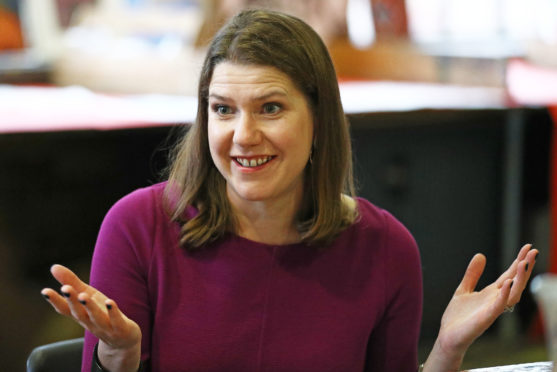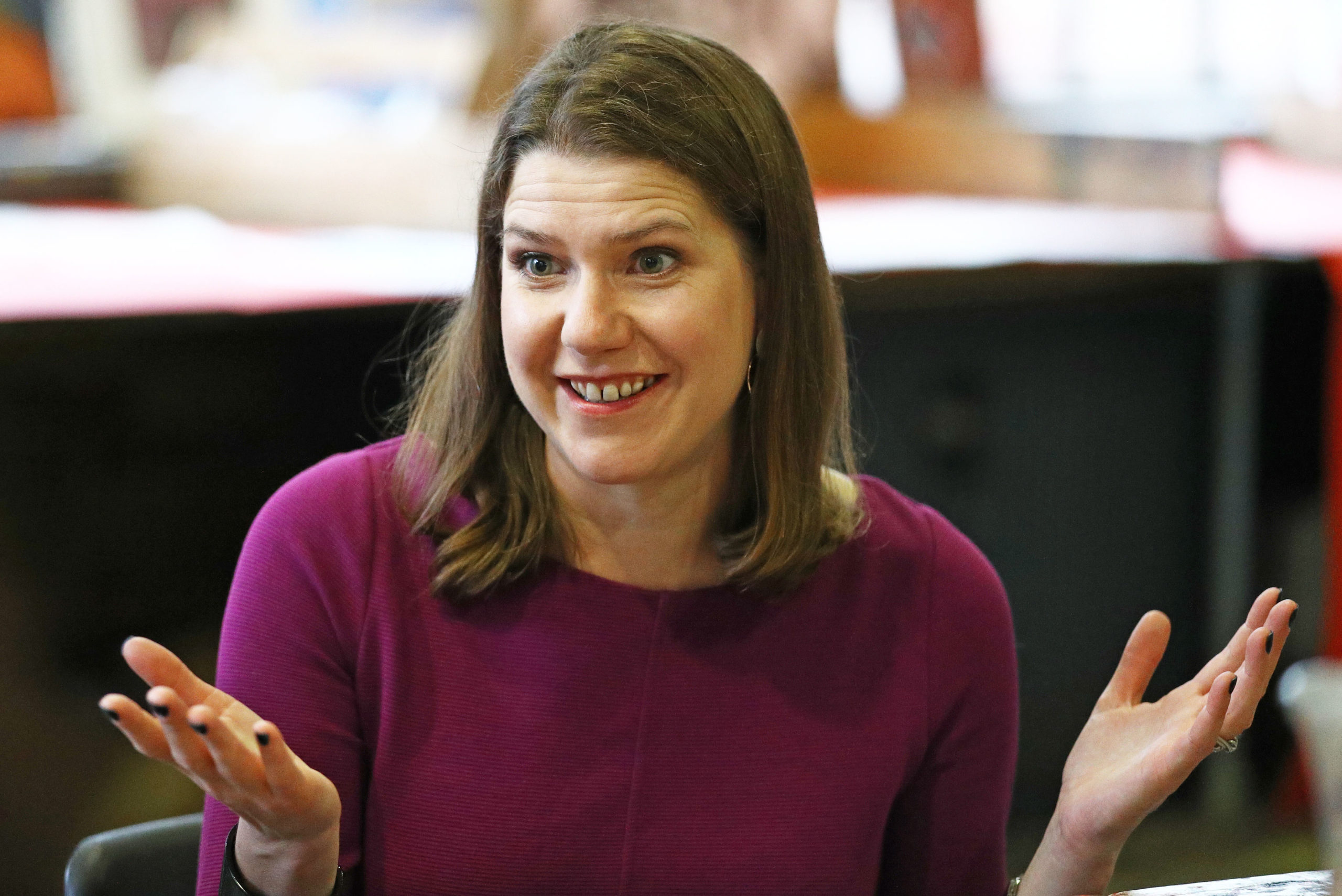Despite my frustration with the toxic nature of the current political ecosystem, I went to my polling station on Thursday for the ninth time in five years – where I am now on first-name terms with the staff – and cast my vote.
The words of the late American educational philosopher Robert M Hutchins nudged me over the line.
He once said: “The death of democracy is not likely to be an assassination from ambush (but) a slow extinction from apathy, indifference and undernourishment.”
When the election was announced, I stated in this column that I could foresee a Conservative majority.
At the time, even John Curtice still believed it would be 50/50 between a Conservative majority and a hung parliament.
While I did not vote Conservative, I was unsurprised following the closure of the polls at 10pm last Thursday as the typically prophetic exit poll vindicated my projection, predicting a Conservative majority of 368 seats with Labour’s seat projection collapsing by 71.
Read more from Ewan Gurr here
Within the first few hours, it was clear something remarkable was taking place, as northern working class, former mining communities and largely leave-voting constituencies that had been under Labour leadership for, in some cases, over a century fell to the Conservatives.
The first among these was Blyth Valley, which was a Labour seat since 1935, and shortly thereafter there was Workington, which churned out a solid 4,136 vote majority in a constituency that voted Labour since 1918.
The Brexit Party, for all its protestations about taking votes primarily from Labour, actually prevented several other Conservatives’ being elected including in the three Sunderland seats where they came third behind the Conservatives.
In each case, had the Brexit Party stood down and their votes gone to the Conservatives, the three Labour heartland seats of Houghton and Sunderland South, Sunderland Central and Washington and Sunderland West, would have turned blue.
Another unexpected moment was the loss of three party leaders within an hour. At 2.58am, the DUP Westminster leader Nigel Dodds lost his seat due to the tactical standing down of three competing parties. At 3.24am, having won the seat of Islington North for a tenth successive time, Jeremy Corbyn announced that he would not lead the party into any future General Election.
And, 22 minutes later at 3.46am, Liberal Democrat leader Jo Swinson lost her own seat to the SNP by only 149 votes.
I also projected in this column that the SNP would return 45 seats in Scotland, Conservatives about 10, the Liberal Democrats less than a handful and I said Labour would suffer.
I was not far off. The SNP had a strong night securing 48 seats, the Conservatives returned six, the Liberal Democrats four and Labour only one.
What is very clear is the United Kingdom is still disunited and sparks will continue to fly as competing constitutional priorities collide on both sides of Hadrian’s Wall.

